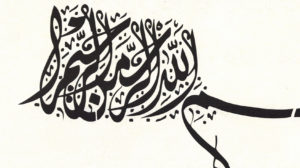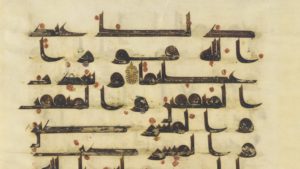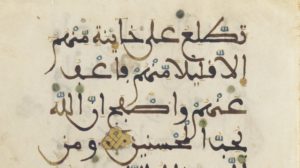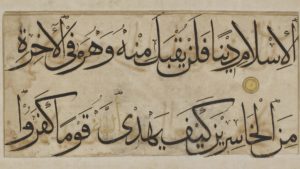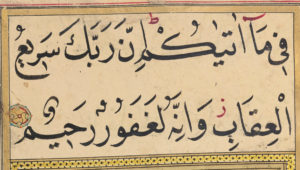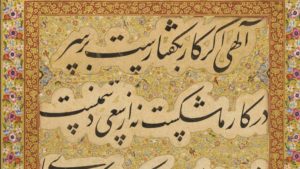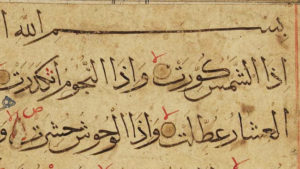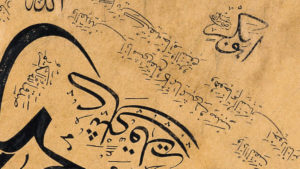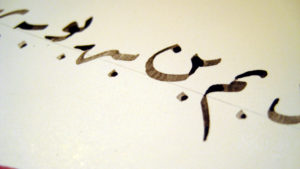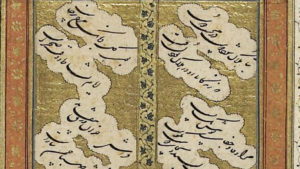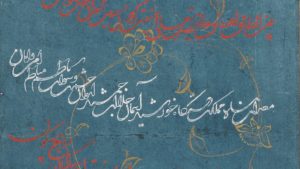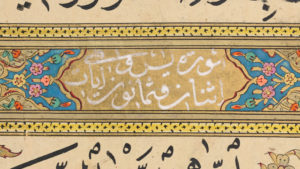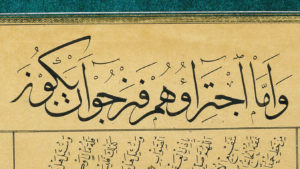Styles
As you’ve likely noticed, works of calligraphy in Arabic, Turkish or Persian can look very different from each other. The different styles of writing used in calligraphy are called scripts. Each script has distinct visual characteristics and follows specific rules. Once you begin to recognize these characteristics, you will be able to tell the scripts apart from each other.
Scripts were created for different purposes and needs. A script used for the Qur’an, for example, needed to be legible and serious (see Muhaqqaq). Gracefulness was important in a script used for poetry (see Nasta‘liq). Personal correspondence required a script that was easy to read and write (see Riq‘a). And scripts used by royalty needed to appear official as well as be complex enough to prevent forgery (see Divani).
Some scripts stood the test of time, while others became obsolete. The scripts that best responded to the needs of a particular time and place were the ones that lasted. For example, Kufic lost its early popularity because it proved difficult to write. The best scripts were refined by calligraphers over centuries.
Below you will find a list of 13 important calligraphy scripts, with links to further information and examples.
